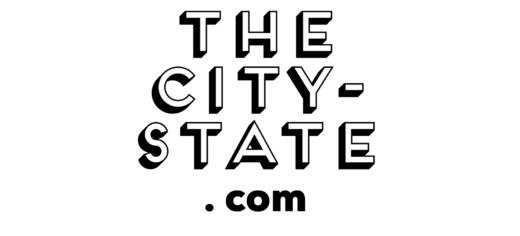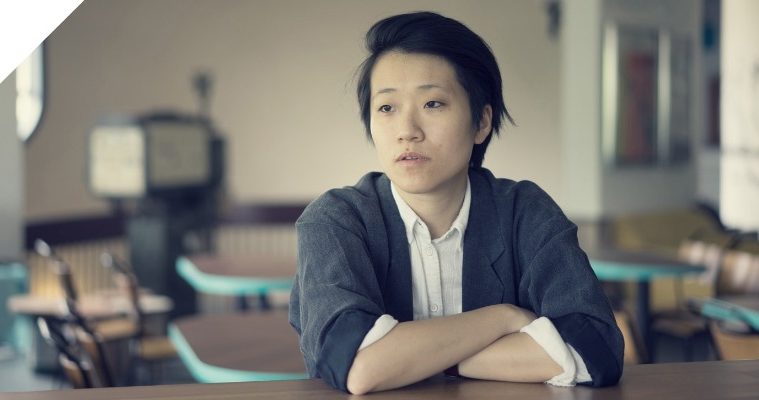Article first published on Popwire (our sister publication)
After first coming into prominence with award-winning short films like 10 Minutes Later, Fonzi, Sink, Cold Noodles and Dahdi in the late-2000s, Singaporean auteur Kirsten Tan truly broke out in 2017 with her remarkable debut feature Pop Aye. The unconventional road trip film, following the journey of a Bangkok architect in the midst of a mid-life crisis and his adopted elephant across the Thai countryside, proved to be a beautifully affecting study of loneliness and regret. Claiming the Special Jury Prize at the Sundance Film Festival (among other accolades), the indie dramedy heralded Kirsten as a singular filmmaking talent to keep an eye on.
Most recently, she’s collaborated with Life in a Cloud, a digital project commissioned by the National Arts Council (with the support of Arts House Limited) that brings together some of Singapore’s most renowned artists to craft intimate video chapters offering viewers insight into their creative processes and psyches born out of the COVID-19 era. In view of its themes of art inspired by life in lockdown, Popwire spoke with Kirsten Tan about how the pandemic has affected her work creatively and logistically, her contribution to Life in a Cloud, and how these turbulent times might change storytelling perspectives and the film industry as a whole.
Hi Kirsten! First off, how’s life been since the success of your debut feature Pop Aye? And what have you been up to since?
It took me a while to recover from making Pop Aye as well as travelling for an entire year on the festival circuit, but I’m now working on the script for my second feature film, with support from places like the Sundance Institute and San Francisco Film Society. Outside of writing, I’ve also been directing some bread-and-butter commercials and commissioned work.
Could you tell us a little bit about how your video chapter for Life in a Cloud came about?
It all started from a call with Natalie Hennedige, who is currently the festival director designate of SIFA (Singapore International Festival of the Arts). Natalie has an extraordinary depth about her, but her brief was wonderfully simple—to have the lens be turned towards myself as a filmmaker, in the solitary context of the pandemic. Filmmaking is a deeply collaborative process of course, so this in itself is a bit of an oxymoron. In her own words, Natalie wanted ‘a diaryistic confession of your person as a filmmaker.’ This was very new to me—as a filmmaker, I’m used to inhabiting other worlds and characters when I write. I know that these characters are all aspects of my person, but there was always that layer of comfortable remove. I’m working in a team, with performers and crew on a set, to externalize my thoughts and feelings. Now the task was for me to look within, reflect and share in an immediate and intimate way.
There’s a line in my audiovisual essay—‘I’m not used to centering myself as a creator’—and that’s a genuine confession. I was struggling initially with that level of open vulnerability but when I completed the film, I understood in a visceral way what the process was all about. What Natalie gave me was not a brief, but permission—permission to self-embrace the creative engine inside of me that is my source, but which is often neglected.
In recent months, many filmmakers have released homemade short films or TV episodes filmed without a budget, while in quarantine. Despite the frustrations inherent with the restrictions, could the limitations of a lockdown also help inspire creatives to think outside the box?
To bring it back to Life in a Cloud, this idea of a creative limitation formed the foundational thinking of my piece. Filmmaking as we all know is a collaborative art form, consisting of a meeting of bodies at different locations to painstakingly gather footage to string together in what we know as a ‘film’. But in a time of lockdown, when none of this can happen, how then do we make one?
I pushed that absence to the furthest logical extreme and landed upon color bars and its accompanying 1kHz tone beep, which are basic building blocks of how we watch and hear films. In stripping away my own layers, I wanted to strip the layers of my medium, too. From the first frame to the last, my piece is a manipulation of color bars, created using simple visual effects on basic editing programmes. Likewise, in terms of the soundscape, although you might hear a variety of sounds, it’s all mostly EQ-ed (tweaked) from the same 1kHz tone beep.
The only time I broke away from that rule was when I threw in the specific sound of a ventilator machine ‘breathing’—that held personal significance for me. My dad has been unwell for the past couple of years and every time he’s in ICU, the sound of that machine haunts me. Even as it gives life, it’s a sound that I will never be able to scrub from my head. I suppose the ventilator sound could also be read as a reference to its role in the fight against the pandemic, which is apt for the project, since we are creating under these very specific circumstances.

How has the pandemic affected your personal life and your filmmaking work?
I’m usually based in NYC and came back to Singapore to shoot a dance piece for Raffles Hotel. I haven’t found a way to return to NYC because my return flight has been put on pause by the airline. Multiple projects, both short and long form, have come and gone so yes, I’ve been affected. But I’ve more or less surrendered to the unstable grounds we’re on and am adopting a loose approach to my own living. What disturbs me though are the deep rifts and inequalities that the pandemic has revealed in such stark relief. Currently, I’m actively contributing to and looking towards mutual aid communities like wares’ mutual aid spreadsheet and NGOs like TWC2 and Home. It feels increasingly urgent to hold each other up as much as we can at this point.
Big events tend to change society’s perspectives on the world, and the stories we want to see or tell. Either consciously or subconsciously, do you think COVID-19 will change your approach as a storyteller?
How we tell stories will be the same in that the age-old craft of storytelling will stay but what we talk about will and should change after this. I’m not entirely sure about how it should change, since we’re still very much in the middle of it. But more and more, I’m getting a sense that it isn’t quite as simple as returning to the way things were. It feels like something has snapped quite irrevocably—I’m just not sure what it is yet. As a ‘storyteller’, I’m going through moments of internal and external reckoning right now.
The film industry is obviously going through tough times right now with cinema closures, delayed productions and studios shifting to VOD. How do you think the industry will change and look like post-pandemic?
Honestly, it’s anyone’s guess. It’s futile to predict what will happen a year down the line. A vaccine could be found, it may not, so much depends on that. Independent cinema on the whole has always been on the brink; I hope the pandemic doesn’t put a nail on its coffin. What I can say is that everyone from independent filmmakers all the way to large studios in Hollywood are in a flurried state of regrouping right now. Currently, what’s important is to reprioritize, and put collective weight behind what matters. Only then can we hope for the best.


0 comments on “A Conversation with Singaporean Filmmaker Kirsten Tan”